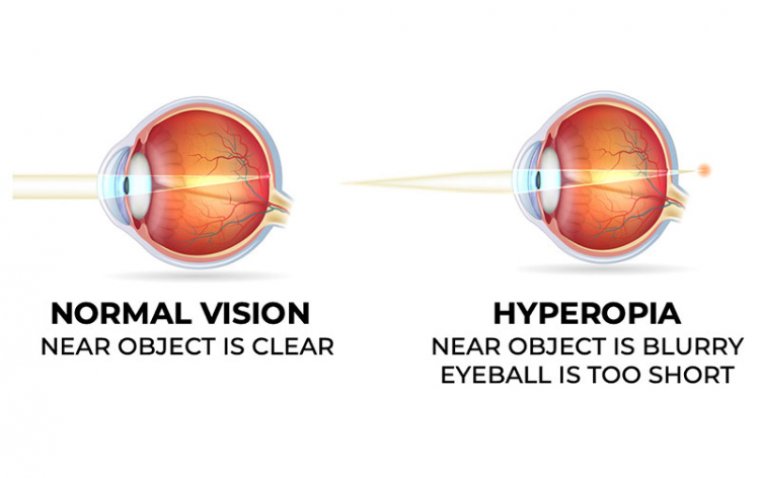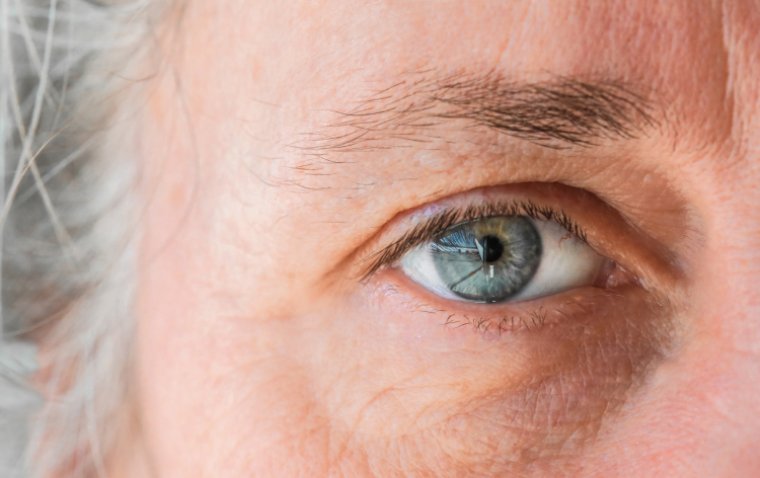
Anophthalmia: Understanding a Rare Eye Condition
What is Anophthalmia?
Anophthalmia is a severe form of eye malformation in which the eye structures fail to develop properly during embryonic development. It can occur unilaterally, affecting one eye, or bilaterally, affecting both eyes. The absence of one or both eyes can have significant implications for visual function and overall eye health.
What Causes Anophthalmia?
The causes of anophthalmia can be diverse and can involve genetic and environmental factors.
1. Genetic Mutations
Genetic mutations play a significant role in the development of anophthalmia. Mutations in specific genes involved in eye development can disrupt the normal formation of eye structures. For example, mutations in genes like PAX6, SOX2, OTX2, and STRA6 have been associated with anophthalmia. These genes provide instructions for the development and functioning of the eyes during embryonic growth.
2. Chromosomal Abnormalities
Anophthalmia can also be associated with chromosomal abnormalities. Changes or alterations in the structure or number of chromosomes can disrupt normal eye development. Examples of chromosomal abnormalities linked to anophthalmia include trisomy 13 (Patau syndrome) and trisomy 18 (Edwards syndrome).
3. Environmental Factors
Certain environmental factors can contribute to the development of anophthalmia. Exposure to teratogenic substances during pregnancy, such as certain medications, chemicals, or infections, may increase the risk of eye malformations in the fetus. Maternal alcohol consumption and maternal smoking have also been linked to a higher incidence of anophthalmia.
4. Complex Genetic and Environmental Interactions
In some cases, anophthalmia may result from complex interactions between genetic and environmental factors. Multiple genetic variations and environmental exposures may contribute to the development of the condition. The precise mechanisms by which these factors interact to cause anophthalmia are still being studied.
How to Diagnose Anophthalmia
Diagnosing anophthalmia typically involves a combination of clinical evaluation, imaging techniques, and genetic testing.
● Physical Examination
A thorough physical examination is the initial step in diagnosing anophthalmia. The doctor will assess the presence or absence of the eyeballs and examine the facial structures around the eye sockets. They will also evaluate any associated abnormalities or syndromic features that may be present.
● Ocular Ultrasonography
Ocular ultrasonography is a non-invasive imaging technique that uses high-frequency sound waves to create images of the eye structures. It can help visualize the absence or underdevelopment of the eyeballs and assess the integrity of other ocular structures like the optic nerve and eye sockets.
● Computed Tomography (CT) or Magnetic Resonance Imaging (MRI)
CT or MRI scans may be recommended to obtain detailed images of the eye sockets, skull, and brain. These imaging techniques can provide valuable information about the absence or malformation of the eyeballs, as well as any associated abnormalities in the surrounding structures.
● Genetic Testing
Genetic testing plays a crucial role in diagnosing anophthalmia, especially for identifying underlying genetic causes. Various genetic tests, such as chromosomal microarray analysis, gene sequencing, and gene panel testing, can be performed to identify specific genetic mutations or chromosomal abnormalities associated with anophthalmia.
● Consultation with Specialists
In complex cases or when syndromic features are present, it may be necessary to consult with other specialists, such as geneticists, pediatric ophthalmologists, and craniofacial surgeons. These specialists can provide a comprehensive evaluation and guide further diagnostic investigations.
Management of Anophthalmia
Anophthalmia, the absence of one or both eyes at birth, is a condition that cannot be fully cured. However, certain interventions and treatments can help manage the condition and support the individual's visual and overall development.
1. Prosthetic Eyes
Prosthetic eyes, also known as ocular prostheses or artificial eyes, are custom-made devices designed to replace the missing eye(s) in individuals with anophthalmia. These prostheses are typically made of biocompatible materials and mimic the appearance of a natural eye. While prosthetic eyes do not restore vision, they can improve the cosmetic appearance and symmetry of the face.
2. Surgical Procedures
In some cases, surgical interventions may be considered to address associated issues, such as eyelid abnormalities or the presence of eye tissue remnants. Surgical correction can help improve eyelid function, enhance facial aesthetics, and promote better fitting and comfort of the prosthetic eye.
3. Vision Rehabilitation
Although anophthalmia results in the absence of vision, vision rehabilitation techniques can be beneficial in maximizing the individual's remaining senses and promoting functional independence. Vision rehabilitation programs may include orientation and mobility training, adaptive skills training, and assistive devices to enhance communication, mobility, and daily activities.
Importance of Patient Education and Psychosocial Support
Patient education and psychosocial support play a crucial role in the holistic care of individuals with anophthalmia. By providing comprehensive information about the condition, its implications, and available treatment options, patient education empowers individuals to make informed decisions and actively participate in their care.
Genetic Counseling
Genetic counseling is essential for individuals and families affected by anophthalmia, as it provides information about the underlying genetic causes and recurrence risks. Genetic counselors can offer guidance on family planning options, discuss the likelihood of future children being affected, and help individuals understand the implications of the condition on their overall health.
Psychosocial Support
Anophthalmia can have emotional and psychological impacts on individuals and their families. Psychosocial support, such as counseling and support groups, can help individuals cope with the challenges associated with the condition, promote self-esteem, and provide a platform for sharing experiences and finding support from others in similar situations.
Research and Advancements in Anophthalmia
Research and advancements in the field of anophthalmia have contributed to a better understanding of the condition and the development of innovative approaches for its management. Here are some key areas of research and advancements in anophthalmia:
1. Genetic Studies
Scientists have made significant progress in identifying the genetic causes of anophthalmia. Through genetic studies and sequencing techniques, specific gene mutations and chromosomal abnormalities associated with anophthalmia have been identified. This knowledge helps in improving diagnosis, genetic counseling, and understanding the underlying mechanisms of the condition.
2. Tissue Engineering and Regenerative Medicine
Researchers are exploring the potential of tissue engineering and regenerative medicine approaches to create artificial eye structures. By using stem cells and biocompatible materials, scientists aim to develop methods to generate functional eye tissue that could potentially be used to restore vision in individuals with anophthalmia. Although still in the experimental stages, these advancements hold promise for the future of treatment options.
3. Prosthetic Eye Technology
Technological advancements have led to the development of more realistic and sophisticated prosthetic eyes. Prosthetic eye manufacturers are constantly improving the design, materials, and fabrication techniques to enhance the cosmetic appearance and comfort of prosthetic eyes. These advancements contribute to better integration of the prosthetic eye with the surrounding tissues and improved quality of life for individuals with anophthalmia.
4. Psychosocial Intervention
Research in the psychosocial aspects of anophthalmia has highlighted the importance of psychosocial interventions in supporting individuals and their families. Studies have shown that counseling, support groups, and peer support programs play a significant role in addressing the emotional and psychological impact of anophthalmia, promoting self-esteem, and facilitating adjustment to the condition.
5. Collaborative Efforts
International collaborations and research networks have been established to advance the understanding of anophthalmia and other related congenital eye conditions. These collaborative efforts allow researchers, clinicians, and patients to share knowledge, resources, and expertise, accelerating progress in the field and fostering interdisciplinary approaches to care.
To Conclude…
Anophthalmia is a rare congenital eye condition characterized by the absence of one or both eyes at birth. It is primarily caused by genetic mutations and can have a significant impact on visual function and daily life. While there is no cure, treatment options such as prosthetic eyes and surgical procedures can help improve the cosmetic appearance and overall well-being of individuals with anophthalmia. Early diagnosis and comprehensive care are essential for managing the challenges associated with this condition and supporting affected individuals throughout their lives.
FAQ
Yes, Anophthalmia can sometimes be detected during routine prenatal ultrasounds. However, it is not always possible to diagnose the condition prenatally.
(1).jpg)










